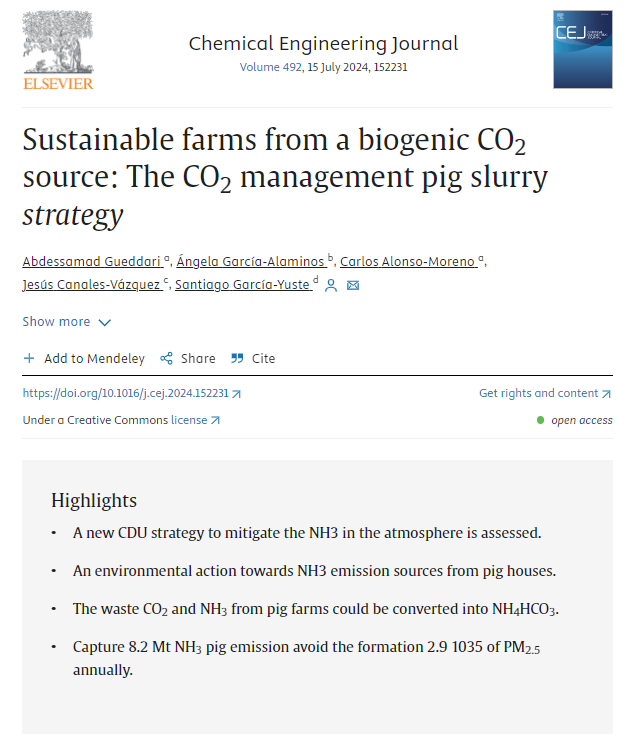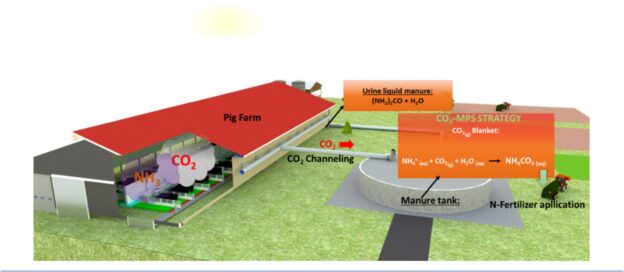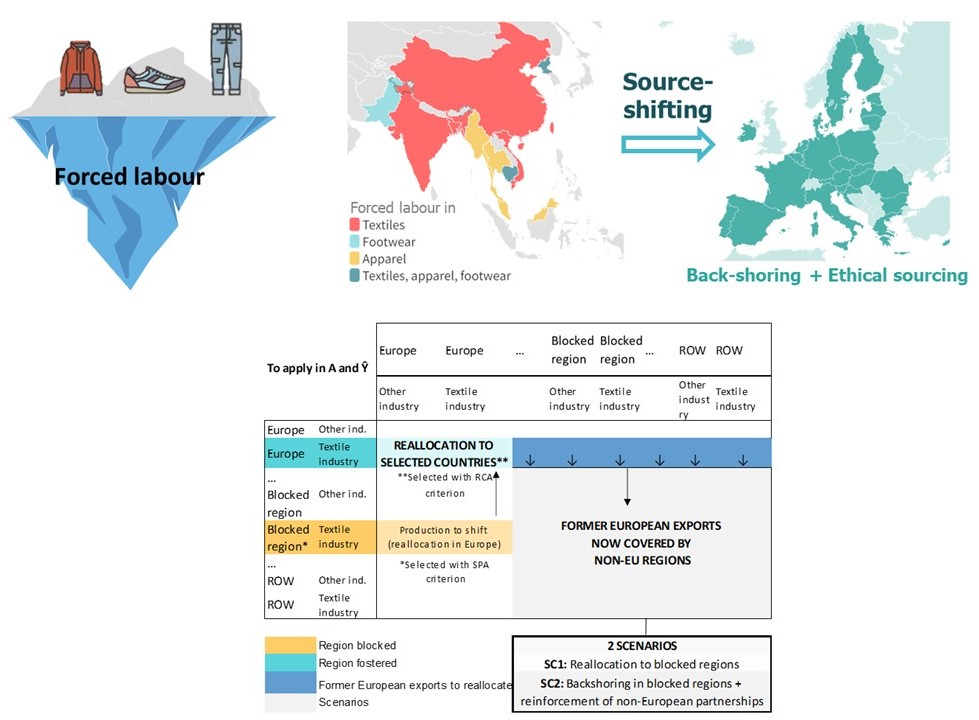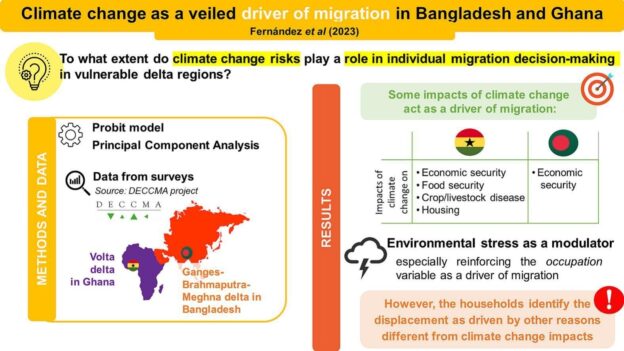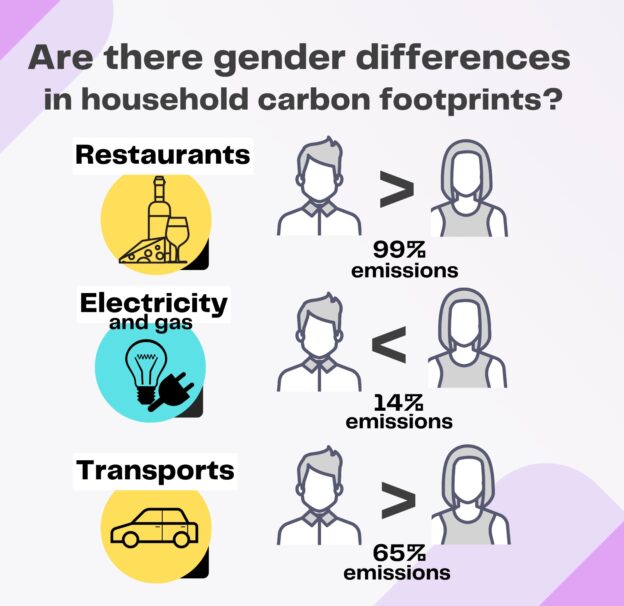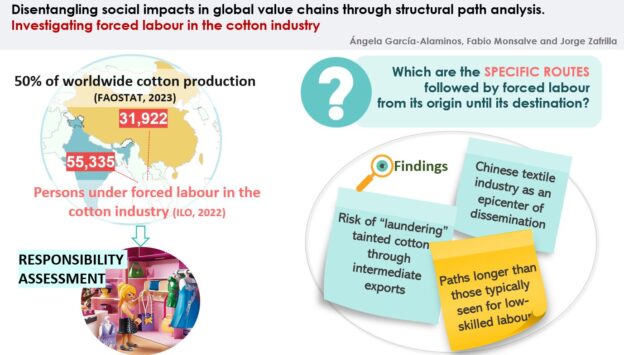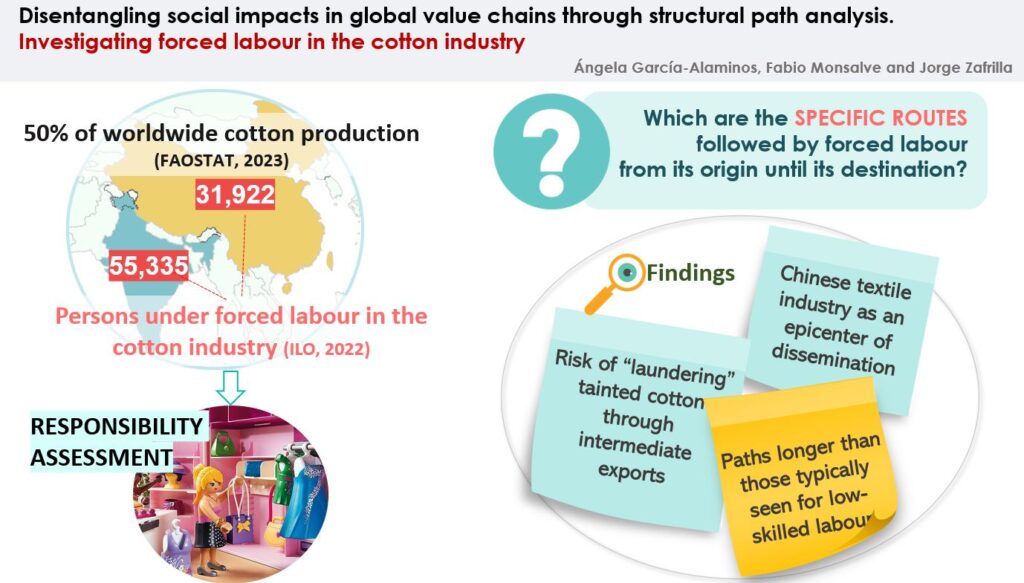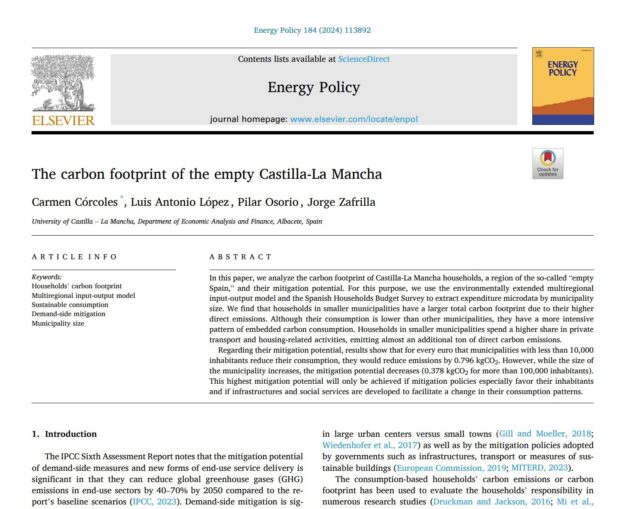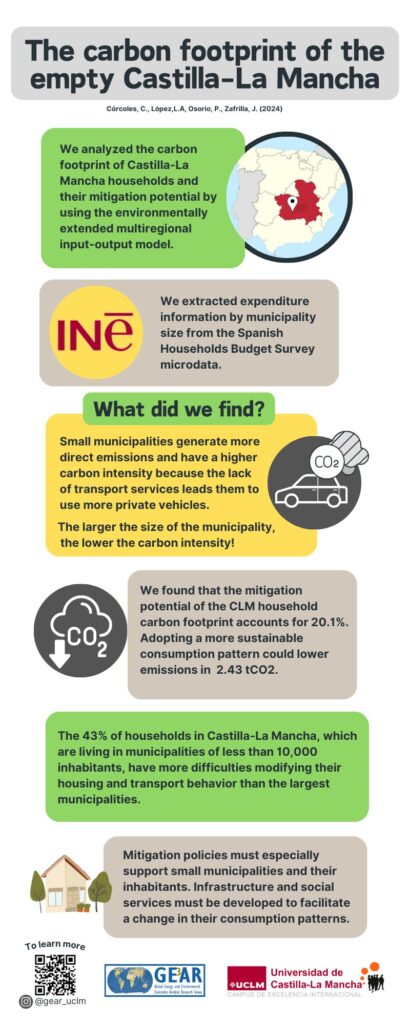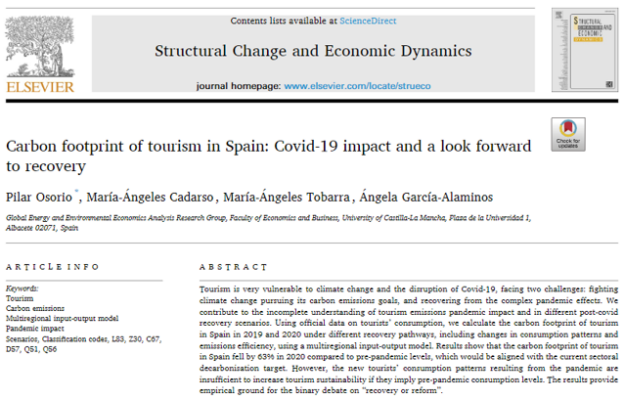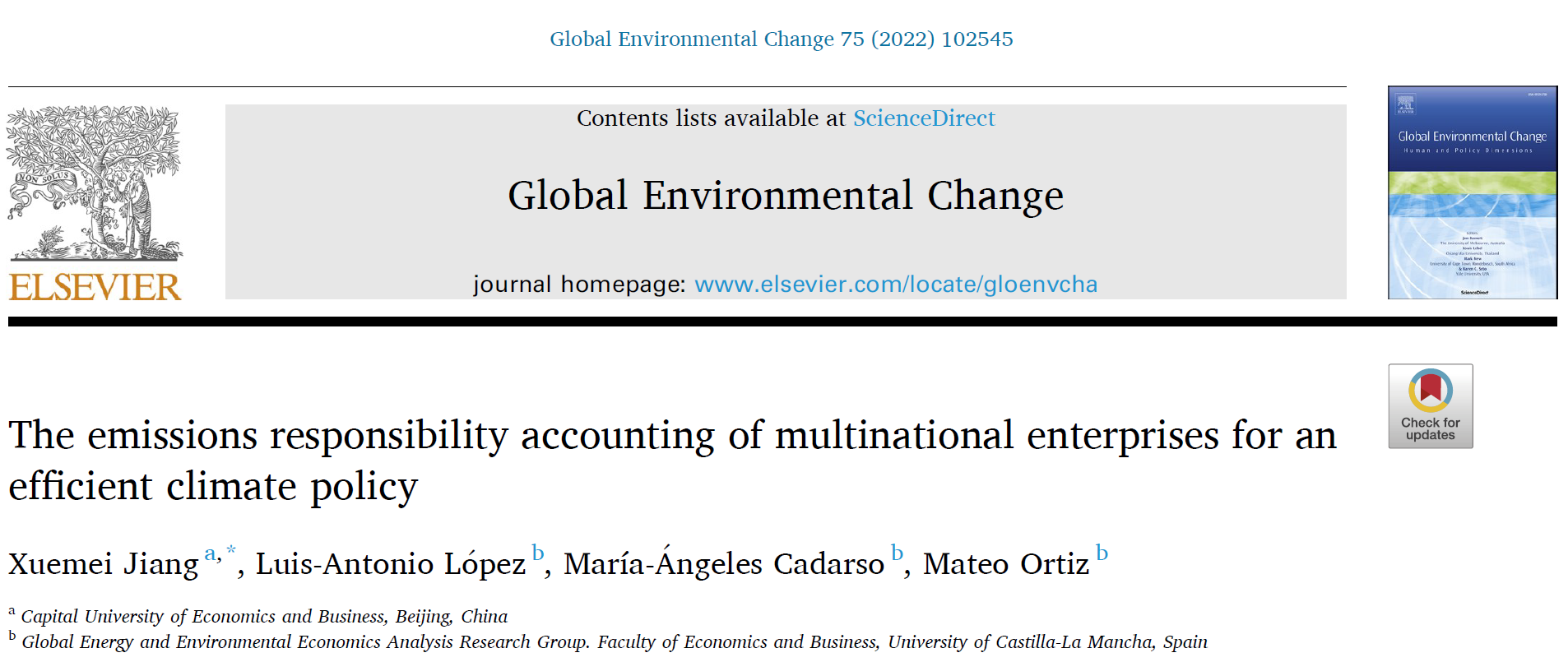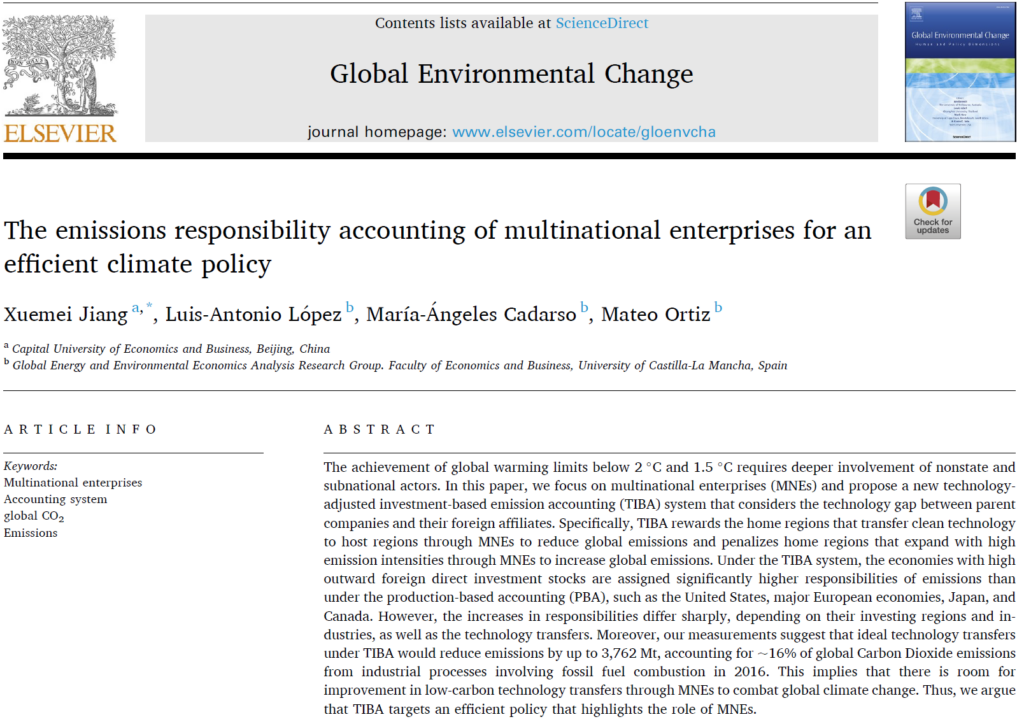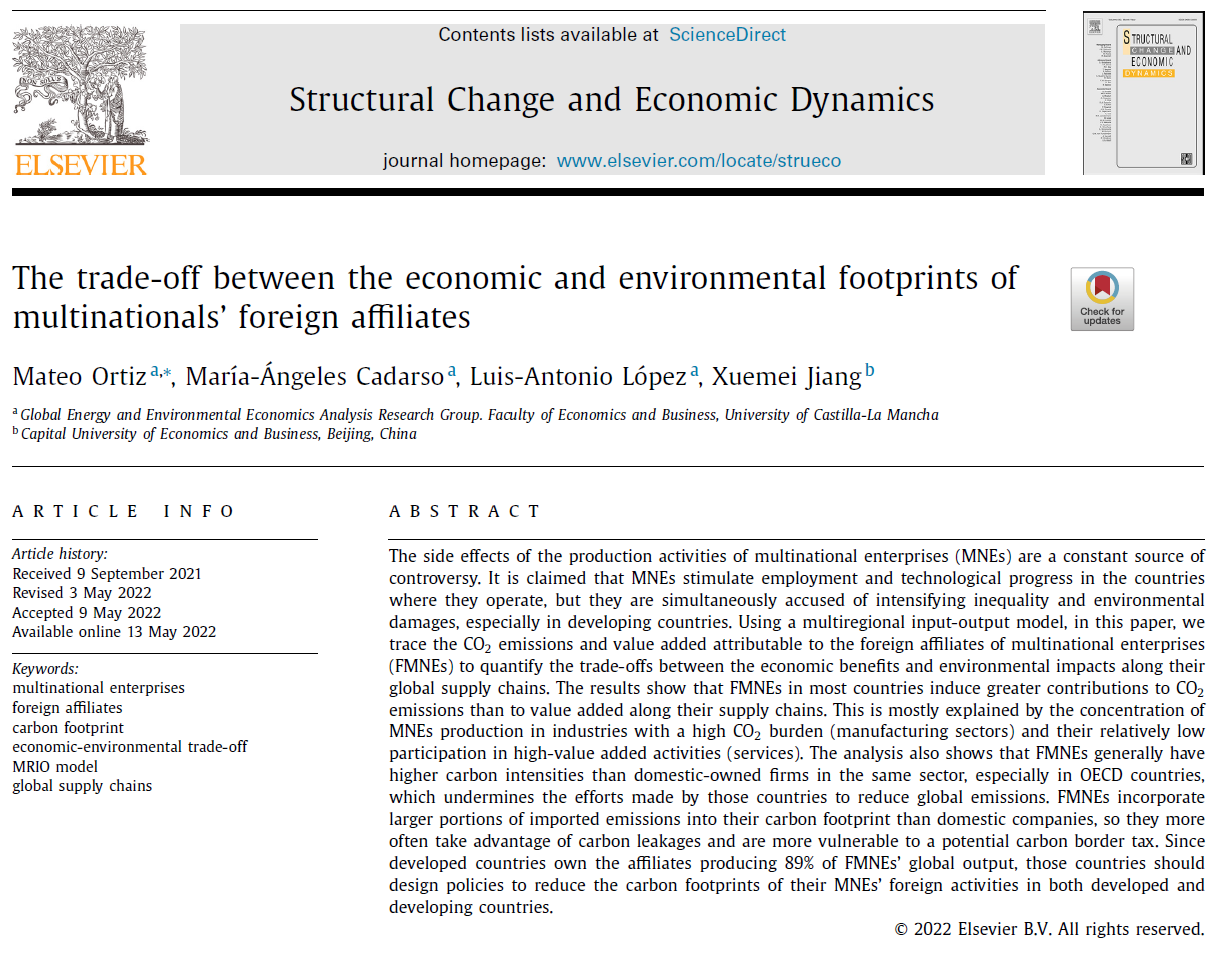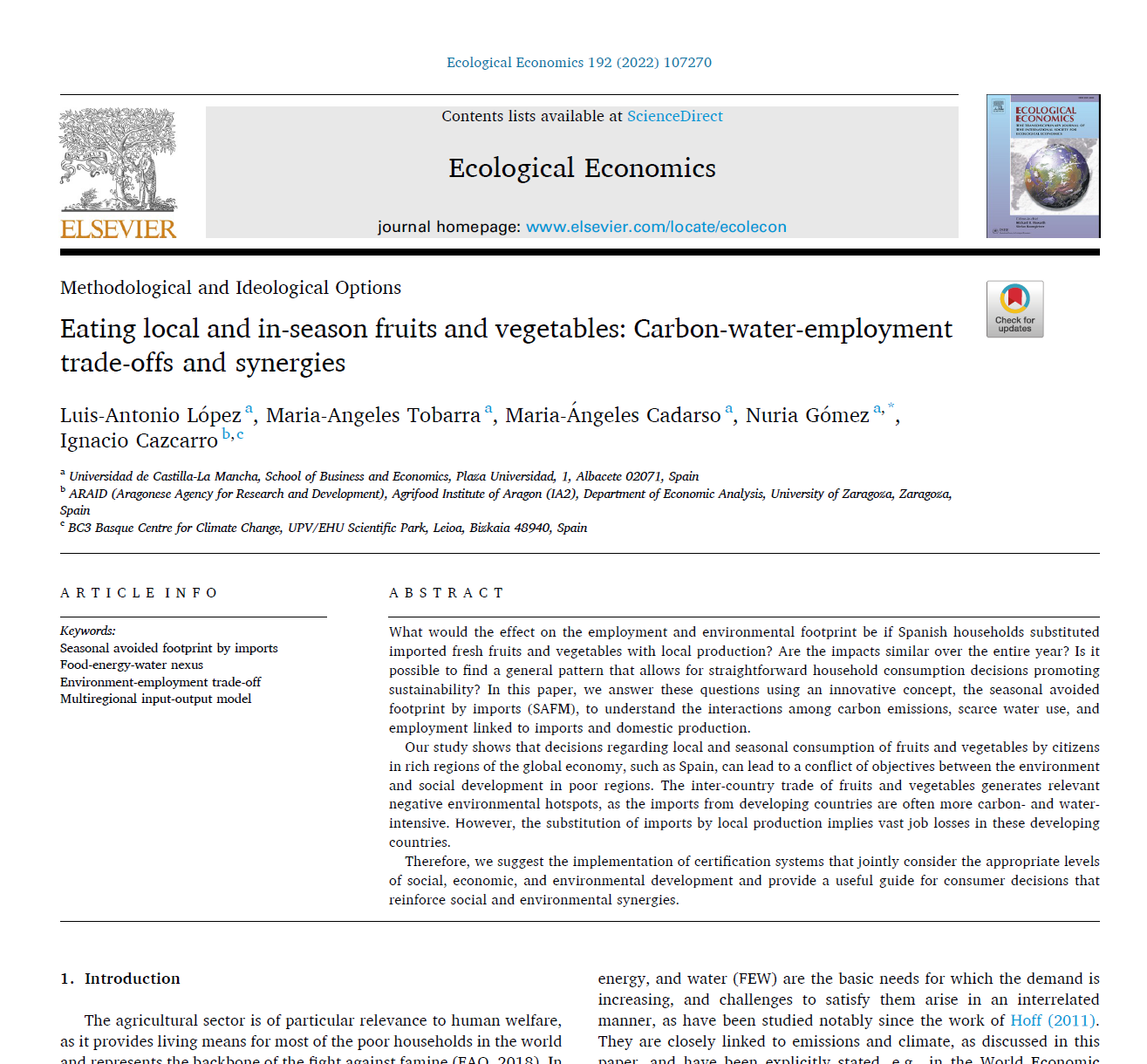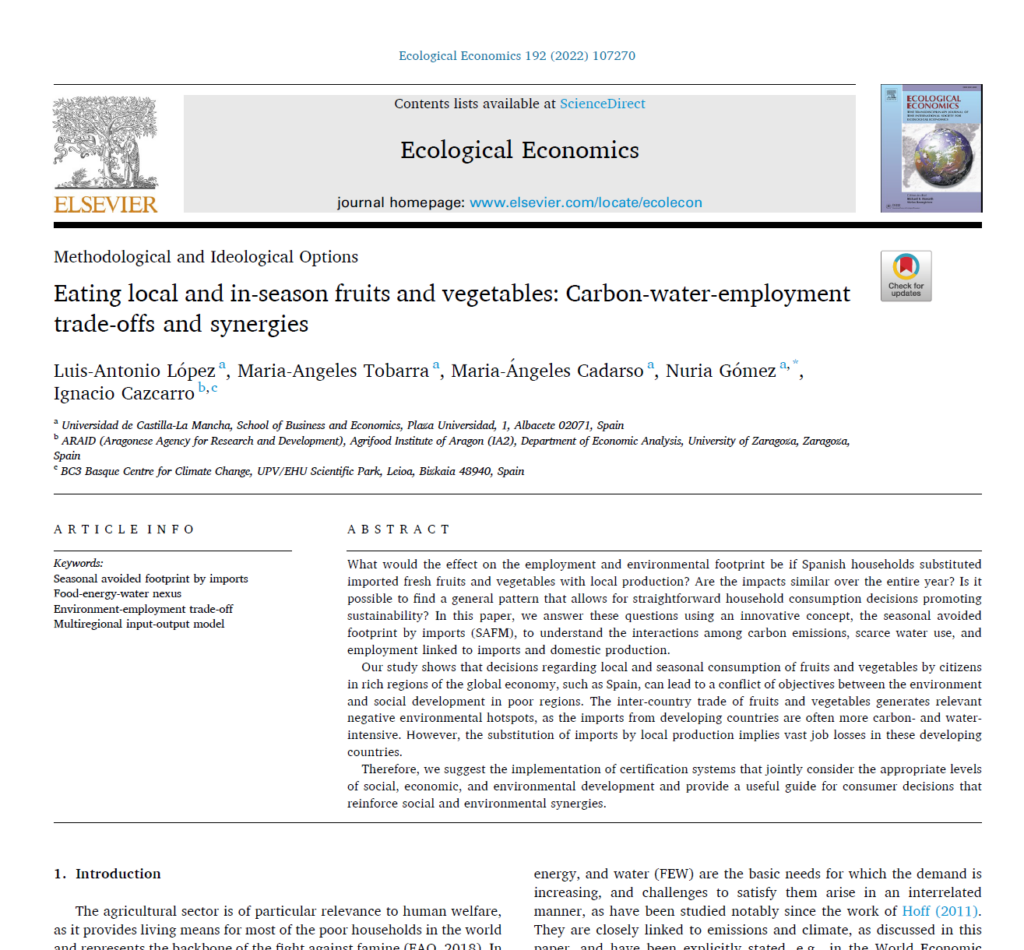New GEAR’s multidisciplinary collaboration is available now in the Chemical Engineering Journal:
The paper, entitled “Sustainable Farms from a Biogenic Co2 Source: The CO2-MPS Strategy”, has been developed by A. Gueddari, Á. García-Alaminos, C. Alonso, J. Canales-Vázquez and S. García-Yuste.
This paper proposes a novel strategy to increase pig farmhouses’ sustainability.
Swine farming faces unprecedented challenges in meeting the growing demand to feed an increasing population. To do so, these farms contribute significantly to producing approximately 35 % of the world’s NH3 emissions, a highly harmful air pollutant. In response to this critical environmental issue, the CO2 Management Pig Slurry Strategy (CO2-MPS) proposes an innovative solution to mitigate NH3 emissions by leveraging the biogenic CO2 produced within pig farmhouses. This groundbreaking Carbon Dioxide Utilization (CDU) approach based on utilizing this biogenic CO2 to form a protective blanket over pig manure lagoons promises the reduction of over 8 million metric tons of NH3 emissions annually. Such NH3 emissions are well-documented initiators of Particulate Matter, particularly PM2.5, highlighting the potential positive impact on air quality of this strategy. In addition, implementing the CO2-MPS strategy would lead to the generation of environmentally friendly fertilizers.
